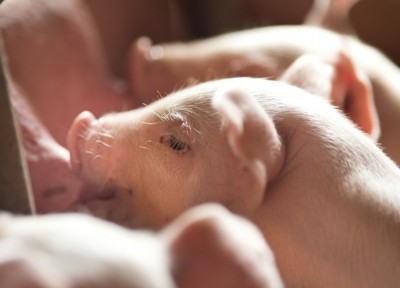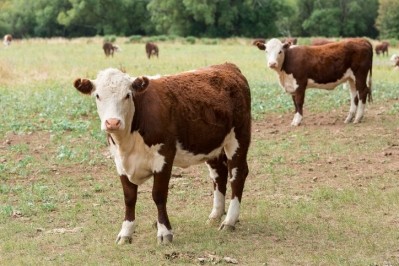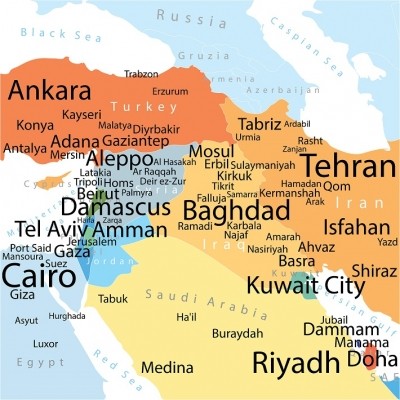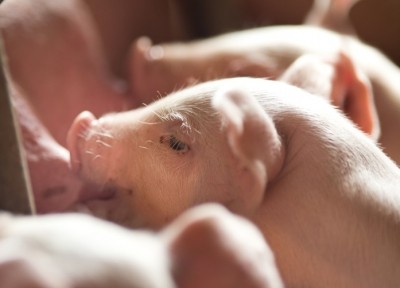Outlook 2017
What bumps on the road should the meat supply chain watch out for in 2017?

“We are moving into a more complex market driven largely by changes in consumer preferences; we are starting to see that trend influence production systems in terms of animal welfare and sustainability, and the animal protein supply chain is being challenged to respond.
“Supply chains must show they are making strides in relation to improving animal welfare and players must demonstrate clearly what they are doing in this regard.
“And increasing competition at the retailer level due to new entrants and online platforms gaining traction along with softening prices means more margin squeezing down the line.
“Buyers at the downstream end are holding more and more of the power, and feed producers, evidently, are likely to be put under pressure on price,” Justin Sherrard, global strategist, animal protein food and agribusiness research, told FeedNavigator.
He was speaking to use after the Dutch bank released its animal protein industry outlook for 2017.
Sherrard said all supply chain partners will be required to make cost savings.
Meanwhile, in terms of procurement management, those companies that rely on open market sourcing or spot contracts, rather than having dedicated suppliers, will be more at risk in 2017, he added.
Genetics and nutrition integration
Strongly coordinated supply chains will better manage margin pressure, and the alignment of production and marketing would ensure changes such as antibiotic reduction strategies are rewarded, concluded the Rabobank report.
The outlook also noted that a model enabling better integration of genetics, animal health and nutrition could allow processors do more with less and create greater supply chain efficiencies.
And traceability can give processors a comparative advantage in a competitive landscape, concluded the analysts.
Value added products, alternative protein trends
Sherrard also noted that value added meat products from organic to protein 'on the go' concepts are becoming critical to animal protein processors’ growth strategy as they compete to try and capture consumer spend.
He said alternative proteins, in terms of absolute volume and sales figures, will not be huge next year, but they will continue to attract disproportionate attention:
“We do expect a lot of talk on meat substitutes and continued investment in alternative proteins in 2017 but a mismatch in terms of corresponding level of actual retail sales,” said Sherrard.
He said Rabobank expects the sector to really take off from 2020 onwards.
The outlook, citing Allied Market Research data from 2016, forecast the alternative protein segment will grow at a rate of 8.4% annually from an estimated USD$3.2bn in retail sales in 2014 to USD$5.2bn in 2020.
Interest in new feed protein sources is also set to continue, said Sherrard. "But if the modest decrease in fishmeal prices occurs next year, as predicted, then that critical driver for investment in alternatives would fade somewhat. However, with all of these things it is never a straight line, there are always road bumps along the way," said the analyst.
Trade deals
There is definitely uncertainty around how international trade deals are going to pan out, particularly with Trump as US president elect, said Sherrard.
Multilateral trade agreements look less likely now, even though Japan just ratified the Trans Pacific Partnership (TPP) on Friday, he said.
Bilateral trade deals would seem to be Trump’s preference.
Sherrard said while geopolitics loomed large, the US agri-food sector did not feature hugely in the run-up to the elections, and, so far, the sector would not seem to have much of a voice in the incoming US administration.
Trump’s move in relation to any trade talks with China and Mexico, the two largest markets for US animal protein exports, will be tracked eagerly by the US and global animal protein industry, he said.
“There are massive volumes at play here but if the US, through renegotiation of trade agreements, creates openings for other countries, players in South America may seize the moment and capture some of those meat export volumes.
“But we need to be prepared for multiple outcomes here,” said the analyst.
The Rabobank outlook also predicted that currency volatility will be a key theme in 2017, even if financial markets expect short term US dollar strength. “We are learning to expect the unexpected,” wrote the analysts.














